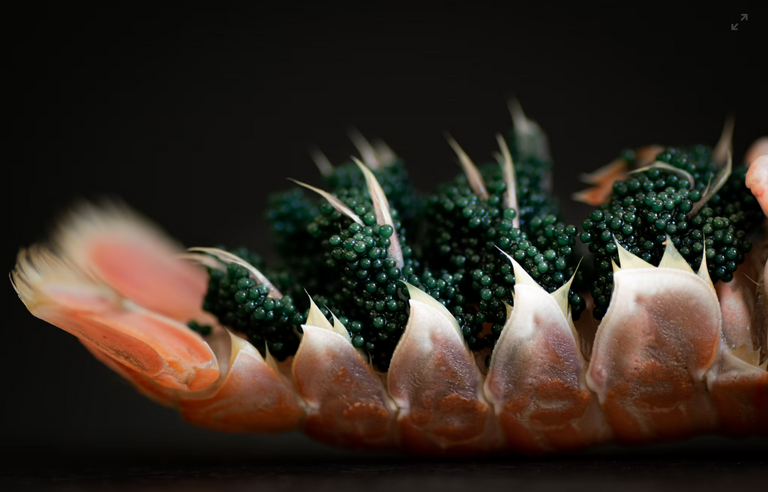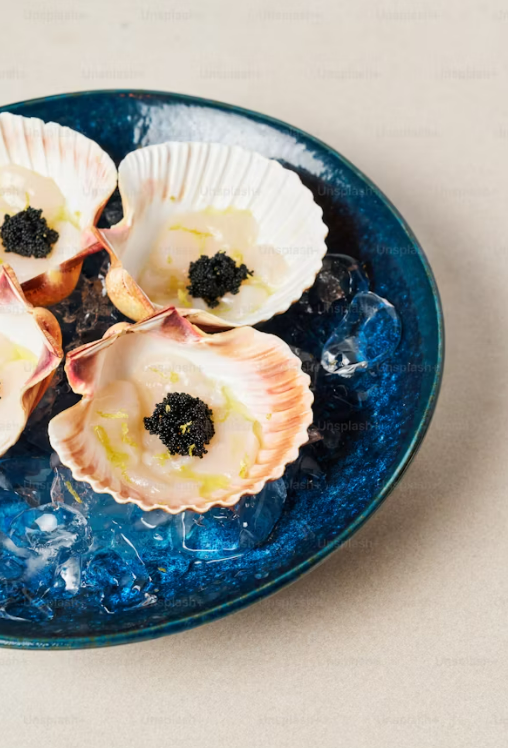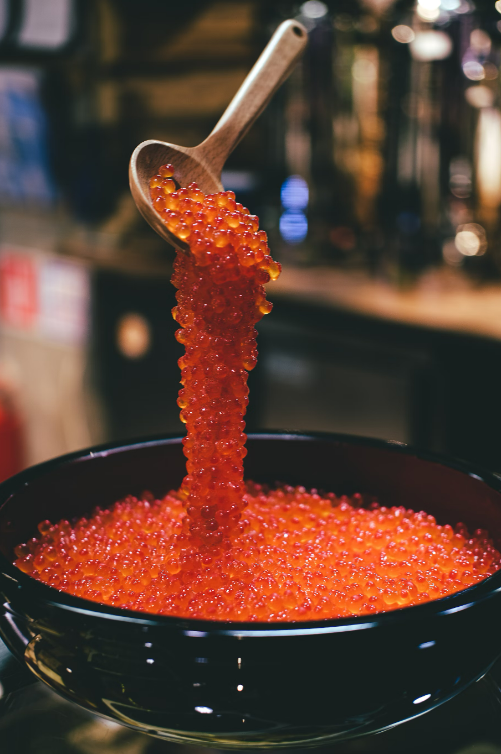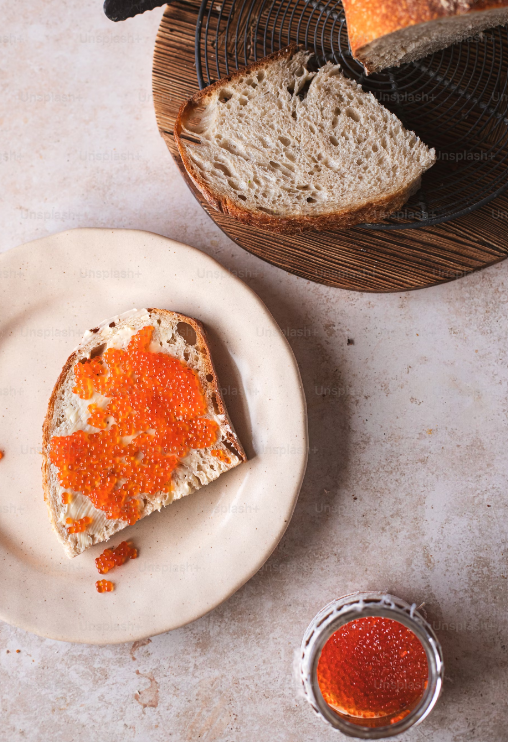Caviar, the salted roe of sturgeon fish, is one of the most luxurious and expensive delicacies in the world. Its price can often astonish those unfamiliar with its history, rarity, and the meticulourocess required to produce it. Here’s a detailed exploration of the factors that make caviar so expensive:
1. Rarity of Sturgeon Fish
Sturgeon fish, the primary source of high-quality caviar, are ancient species that have existed for over 250 million years. However, they are now critically endangered due to overfishing, habitat destruction, and pollution.
- Slow Maturation: Female sturgeons take years, sometimes decades, to mature and produce eggs. For example, the Beluga sturgeon, prized for its caviar, can take 20 years to reach reproductive maturity.
- Limited Supply: Due to their endangered status, fishing and farming sturgeon are highly regulated, limiting the supply of caviar on the market.
2. Complex Farming and Harvesting Process
Producing caviar is a labor-intensive process that demands precision and expertise.
- Aquaculture: Most caviar today comes from farmed sturgeon to protect wild populations. Maintaining sturgeon farms requires significant investment in infrastructure, clean water systems, and proper feeding.
- Egg Harvesting: Extracting eggs without harming the fish requires delicate handling and skill. High-quality caviar undergoes strict quality control to ensure consistency in size, texture, and taste.
- Salt-Curing: The roe is carefully salted to preserve its freshness and flavor, a process that demands expertise to avoid over-salting or under-curing.
3. Demand for Premium Varieties
Not all caviar is created equal. The most sought-after types—Beluga, Osetra, and Sevruga—are harvested from specific sturgeon species.
- Beluga Caviar: Known for its large, delicate pearls and buttery flavor, it is the most expensive variety, sometimes costing up to $10,000 per kilogram.
- Osetra Caviar: Offers a nutty, rich flavor and is slightly less expensive but still premium.
- Sevruga Caviar: Smaller eggs with a more intense flavor profile are also highly prized.
4. Stringent Regulations and Sustainability Efforts
Due to the endangered status of sturgeon, international trade of caviar is heavily regulated by the Convention on International Trade in Endangered Species of Wild Fauna and Flora (CITES).
- Limited Quotas: Farmers and exporters operate under strict quotas to prevent overexploitation.
- Sustainable Practices: Many farms invest heavily in sustainable practices, which further increases costs.
5. High Demand in Luxury Markets
Caviar is synonymous with opulence and exclusivity, making it a must-have in high-end dining and luxury events.
- Cultural Significance: In many cultures, especially in Europe and the Middle East, caviar is a status symbol.
- Limited Access: Its association with wealth creates a high demand among affluent consumers willing to pay a premium for this delicacy.
6. Transportation and Storage
Caviar is perishable and requires careful handling to maintain its quality.
- Cold Chain Logistics: It must be kept at precise temperatures during transport, adding to shipping costs.
- Special Packaging: High-quality tins and containers are used to ensure the product remains intact and fresh upon arrival.
Conclusion
The exorbitant price of caviar reflects its rarity, the extensive labor involved in production, and its cultural significance as a luxury food. Despite advancements in farming and sustainability, these factors make caviar a delicacy reserved for those who can afford its high cost. Its price is not merely about the taste but also the story, effort, and prestige that come with every bite.



